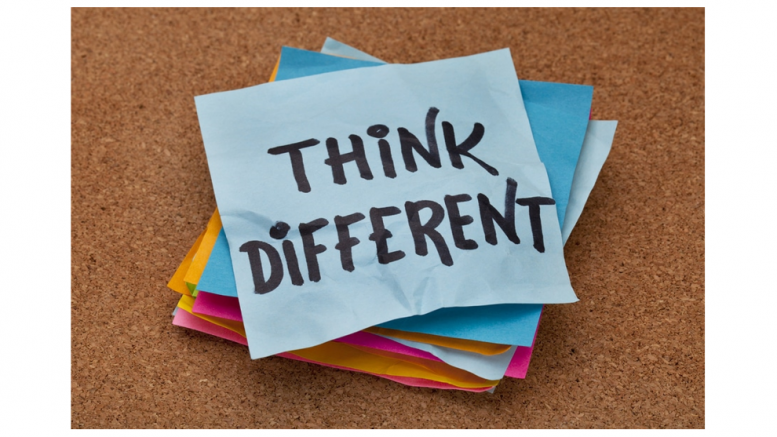On a typical Saturday afternoon, scrolling through endless reels on my phone I stumbled upon a video explaining ‘ADHD Dolphining’. What it means is when a person who has ADHD is conversing with you on the surface, in the middle of the conversation they take a deep dive into it and start making connections between different things and come up for air with a completely different thought. While many would jokingly call this spacing out, to me it was fascinating to learn how a neurodivergent mind works.
In today’s rapidly evolving PR landscape, diversity and inclusion have rightly taken center stage. While much attention has been focused on racial diversity and gender equality, there’s a crucial aspect that may have often been overlooked: neurodiversity.
Neurodiversity encompasses the natural differences in how people’s brains work. From ADHD to autism spectrum disorders like Asperger’s Syndrome, dyslexia, and dyspraxia, these conditions are not deficits but unique perspectives that shape how individuals perceive and process information. Neurodivergent individuals represent a significant portion of the global population, estimated at around 15%-20%.
In our industry, neurodivergent individuals aren’t just consumers; they’re omnipresent as media personnel, journalists, clients, and stakeholders. Understanding how to effectively communicate with them is essential as they play diverse roles in shaping narratives, decision-making processes, and public perception. By tailoring communication strategies to accommodate neurodiverse perspectives, PR professionals can ensure messages resonate authentically across all stakeholders.
One of the fundamental lessons for PR professionals is to understand how neurodivergent audiences process information. Unlike neurotypical individuals, neurodivergent individuals may have different preferences in content consumption. For example, some may prefer visual or auditory formats over text-heavy content. Others may excel in processing complex information but struggle with simple tasks.
Keeping messaging shorter, simpler, to the point, avoiding obscure or jargon and choosing cohesive color schemes are just some ways to make it easier for neurodivergent audiences to engage with your content. Incorporating visual elements and alternative formats for communication materials can enhance comprehension and retention.
Companies are increasingly recognising that their products and services must cater to a diverse audience, including neurodivergent individuals. This means designing user experiences that are intuitive and accessible to all, regardless of cognitive differences. An excellent example of this is the rise of inclusive design in technology products.
Building communities for neurodivergent audiences is another essential aspect of effective communication. Just as diversity enriches our teams, providing platforms for neurodivergent individuals to connect and share experiences can bring a sense of belonging and comfort. These communities serve as safe spaces where individuals can express themselves authentically, free from judgment or stigma or the trouble of explaining oneself.
For example, a company could create an online forum or social media group specifically for neurodivergent users to discuss their experiences with a particular product or service. By actively engaging with these communities, PR professionals can gain valuable insights into the unique needs and preferences of neurodivergent audiences. The idea is not to alienate them but provide them a sense of community and recognition.
Another way to ensure that campaigns cater to neurodivergent individuals is to hire a diverse team. The unconventional thinking of neurodivergent individuals and talents in areas like data analysis and creativity can enhance campaign dynamics. Our industry simply must do more to encourage neurodivergent individuals to pursue PR careers. Their unique abilities will only enrich our profession and add more successes to our field.
In conclusion, communication with neurodivergent audiences requires empathy, flexibility, and a commitment to inclusivity. By incorporating these principles into our PR practices, we can not only reach a wider audience but also contribute to more equity in society.
The views and opinions published here belong to the author and do not necessarily reflect the views and opinions of the publisher.



Be the first to comment on "Thinking Differently: The Power of A Neurodiverse Audience!"